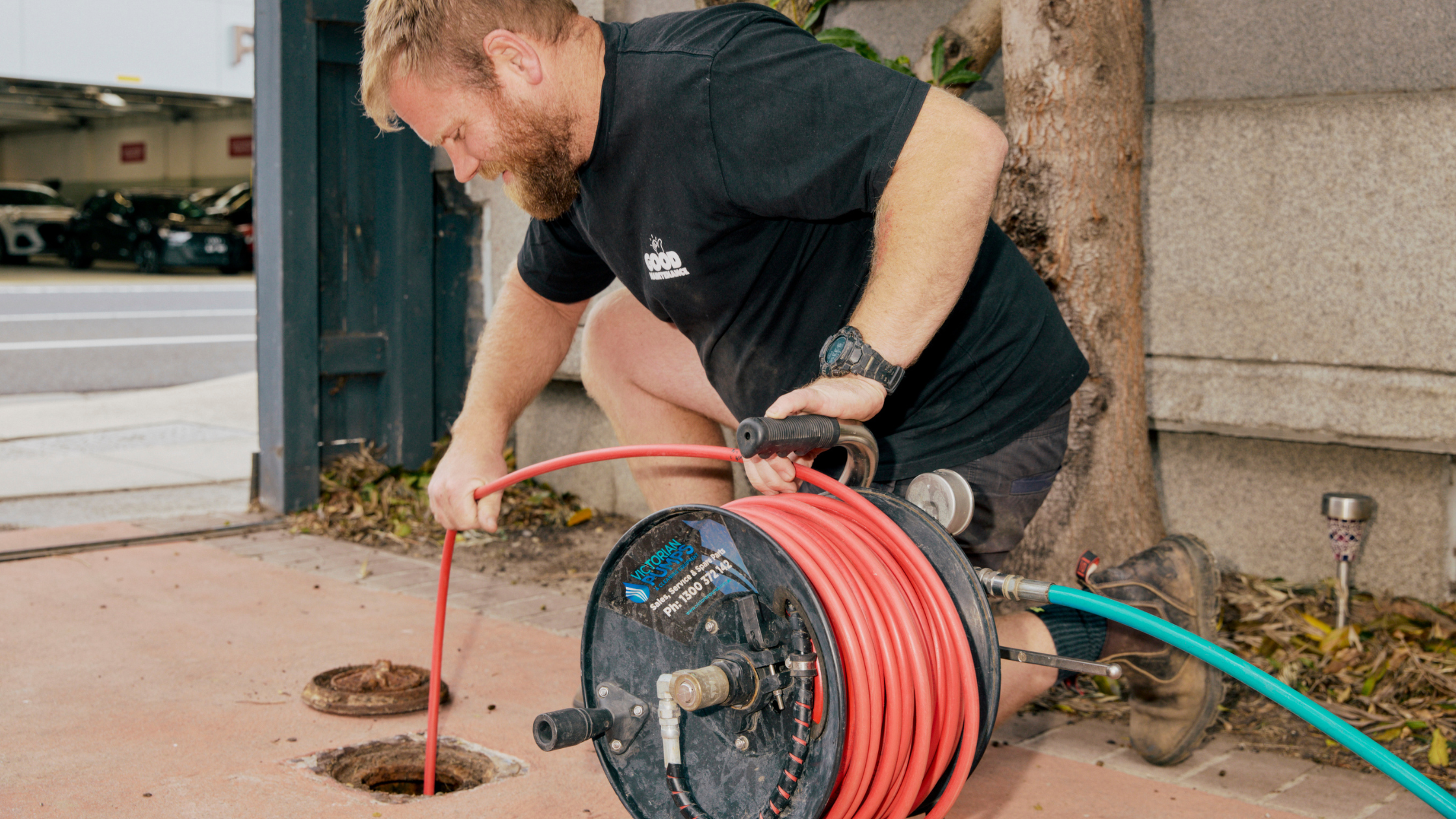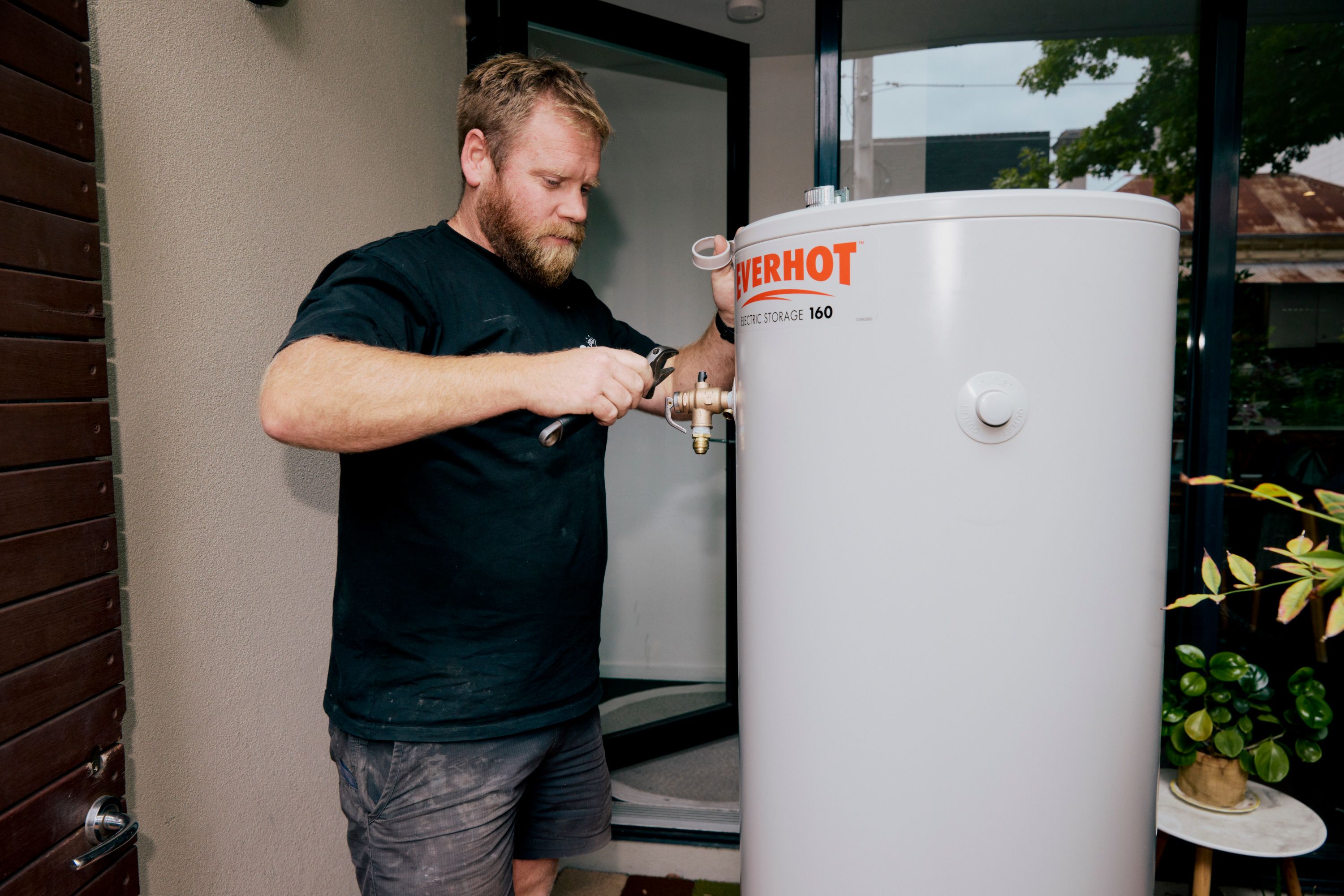Blocked Drains & Slow Sinks: How to Clear Clogs and Prevent Issues
Everyone hates the frustration of watching water sit stubbornly in your sink, refusing to drain.

Has a slow bathroom sink derailed your morning routine? Blocked drains seem to show up at the worst possible moments. What started as a minor annoyance has turned into a proper headache.
What's going on down there?
Most drain clogs are rarely as simple as "something got stuck." Most blockages are actually a perfect storm of different materials that have decided to team up against you. In bathrooms, you're dealing with a cocktail of hair, soap scum, and toothpaste residue. Every day, we lose around 100 hairs, and when those strands meet the waxy buildup from soap reacting with hard water, you get a stubborn, matted mess that's tougher than you'd expect.
Kitchen drains face their own unique challenges. Fats, oils, and grease might go down liquid, but as they cool in your pipes, they solidify and create a sticky coating that traps everything else. Coffee grounds, food scraps, even tiny particles you wouldn't think twice about, suddenly become part of a growing blockage.
Sometimes a slow drain isn't actually about a clog at all. If those plumbing vents on your roof get blocked by leaves or debris, they can't regulate air pressure in your pipes properly. The result is sluggish drainage across multiple fixtures, often accompanied by weird gurgling sounds that make you wonder if your pipes are trying to communicate with you.
DIY solutions you can try
- Your trusty plunger isn't just for toilets. A good cup plunger can work wonders on sink clogs, especially if they're close to the drain opening. The key is getting a proper seal. You need enough water to cover the plunger cup, and if you're dealing with a bathtub, make sure to block that overflow drain with a wet rag. Otherwise, you're just pushing air around instead of creating the pressure you need.
- For minor clogs and regular maintenance, the baking soda and vinegar trick genuinely helps. Pour half a cup of baking soda down the drain, followed by a cup of white vinegar, and let the fizzing do its thing for 15-30 minutes before flushing with hot water. While the chemical reaction provides some agitation, it's really the hot water flush that does most of the work, loosening up organic matter and washing it away.
- Kitchen grease clogs often respond beautifully to hot water and a squirt of dish soap. Just make sure you're using hot water, not boiling, as PVC pipes are sensitive to extreme temperatures, and you don't want to create a bigger problem by damaging your pipes.
- For those pesky hair clogs near the surface, sometimes the simplest solutions are the best. Straighten out a coat hanger, bend one end into a small hook, and go fishing. You'd be surprised how much hair and gunk you can pull out with this makeshift tool.
Prevention is the best option
Start with the basics like drain strainers. In the kitchen, they catch food scraps before they can start their journey toward becoming a clog. In the bathroom, they'll grab most of that hair before it can join forces with soap scum.
Get into some simple habits that'll save you headaches down the road. Give your drains a weekly hot water flush to melt away any minor buildup. Take a few minutes each month to clean your drain stoppers and pop-up assemblies, as you'll be amazed at what collects there.
If you want to use a drain cleaner for maintenance, skip the harsh chemicals and go for enzymatic cleaners instead. They're slower, often taking a day or two to work, but they're safe for your pipes, your family, and the environment. Plus, they actually help prevent future clogs rather than just temporarily clearing what's there.
When to call the team from Good Maintenance
If multiple drains are acting up simultaneously, that's your plumbing system telling you there's a bigger issue at play. Gurgling sounds, sewage odours, or water backing up in unexpected places are all red flags that scream "professional help needed."
The Good Maintenance team brings something you can't get from DIY solutions: diagnostic expertise. We can actually see what's happening in your pipes with video inspections, pinpointing exactly where the problem is and what's causing it. When standard methods aren't cutting it, we have access to professional-grade equipment like hydro-jetting, which uses high-pressure water to thoroughly clean pipe walls and remove years of buildup.
While DIY methods are great for minor issues and prevention, investing in professional help for persistent or serious problems protects your home's plumbing infrastructure for the long haul.
Related articles
What to do when your hot water suddenly runs cold.

Nothing ruins your morning quite like stepping into a freezing cold shower.

Nobody likes seeing their water bill climb higher each month, especially when you know it's probably from some annoying drip you keep meaning to fix.

My Hot Water Is Running Cold. What Should I Check?
